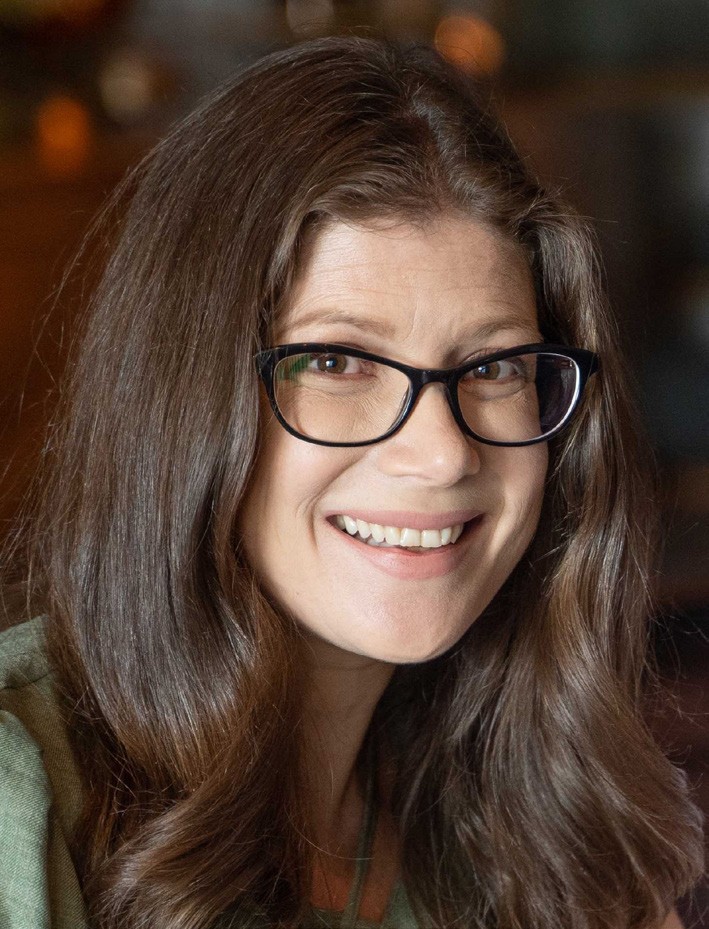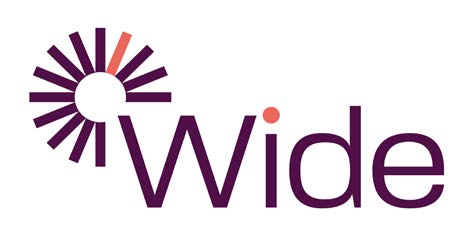Question#1 What was your company’s distinctive strategy for incorporating technology to meet UN Sustainable Development Goal?
At Wide Therapy, we understand that one of the biggest barriers contributing to chi ldren’s independence and quality of life is access to effective care. To reduce inequality, all children with special needs require care and must find affordable, easy-to-use solutions addressing their personal challenges, regardless of their diagnosis or functioning abilities. For Wide, we knew that the solution was technological. Not only from a clinical point of view, but also for an affordable, approachable solution that children as young as two years old can use without reliance on professional support. Our vision is to reach every child, regardless of their challenges or geographical location. We believe that cutting-edge technology is instrumental in realizing this vision, as it aligns with SDG 10.
Question#2 What challenges did you face while working on your project/ initiative, and how did you overcome them?
The biggest challenge we set out to solve was the children’s ability to independently use and interact with the Wide treatment platform, that for us meant the independence of the children, using it without any need for professional support or any caregiver from the young age of two. We set out to implement an innovative digital treatment that had to fit the diverse challenges of diverse children with diverse diagnosis (Autism, Rehabilitation and more…) and diverse abilities. And all of this must be scalable to reach the millions of children in need. It took us a while to formalize the digital method and the interaction of the children with it, we tried our treatment, adjusted it, and learned from every child. It took patience, but we were able to crystalize the treatment and are now making our first steps towards scaling it significantly.
Question#3 How did you involve local communities and stakeholders in your work, and what was their response?
Young users and their caregivers were involved from the very beginning. They taught us how to best implement Wide’s solution and what needs to be done to further help children. We have been working closely with our local communities and organizations providing care for children with autism and with children hospitals for rehabilitation needs. The impact of these collaborations is tremendous for us, both personally and in relation to how they shape Wide. Seeing the transformative power that our platform has on children and their whole families empowers us and guides the further development of the solution.
Question#4 Which organizational skills and assets can be harnessed to provide its goods/services without negative environmental and social impacts?
I believe it must start with a vision and a deep understanding of why the organization is providing these specific services. When the mission and the vision are clear, then it can be questioned: am I using my skill set for the greater good? What am I advancing? Who will benefit? The answers to these questions can help adjust the impact and the services. If the answer is that there is a negative impact and society is not benefiting from my services, an organization might ask if that is still the vision they wish to achieve and if not, what can be done? It doesn’t have to start with a big change, but every step counts.
Question#5 What is the role of businesses, governments, and civil society in achieving the SDGs, and how can they work together?
They must work together! It is always a team effort; we have the best team working at Wide and working together is the only way we can advance. They say it takes a village to raise a child. In the case of children with special needs, it takes several villages. For the children and their families, the villages that are accountable and have the ability to reduce inequality and enable independence are businesses, the government and society. Let’s take businesses, who will put impact as a primary purpose for the greater good. They will be the ones finding and implementing the most innovative, sustainable solutions that will serve the SDGs. Governments, on their part, will endorse these solutions through incentives, financial backing and distribution to those in need. This will help much-needed solutions and innovations reach society faster and at a greater scale. Such alignments will promote SDGs in all aspects.
Question#6 What impact has your project had, and what are your future goals?
My co-founder Roni Singler, whom I am lucky to have as my partner and friend, and myself were fortunate to witness the impact from the very beginning. The first girl to use Wide was 6.5 years old with autism. With Wide she was able to overcome a challenge she had with daily living skills that was holding her back and, as a consequence, prevented her from going to a school that fitted her cognitive abilities. After a year and a half of attempts that failed, she succeeded with Wide. Without Wide, this girl would have been sent to a school that better fit her physically but did not suit her cognitive potential. Her new ability acquired, with our platform, allowed her to be accepted to the school that better suited her cognitive development and set her on a much better life path! That is the impact we are lucky to see every day. The more children are using Wide, the greater the impact. That is also our future goal, to reach as many children as we can at diverse age groups, to address diverse challenges and to transform lives.
Question#7 What advice do you have for individuals/organizations seeking to create positive change and contribute to the SDGs?
I believe it is a decision. First, decide that creating positive change is a priority, and then ask, what do I care about? What is important to me? Who or what can I best serve? I believe the answer must resonate within the individual or the organization, it must be something of passion and feeling. For us, it was children with special needs, but everyone has a different answer and that’s good, so many solutions can come into the world. Once found, the next question is: how? How can I harness my will, talent, and resources to contribute to the goal that is important to me, that I care about? I believe anyone can have a positive impact, and once applied, it will pay off.
Question#8 How would receiving this SDG Award help you improve your impact and scale your project?
It is very humbling for us and a great honor to receive the SDG Award. Contributing to children’s independence, thus reducing inequality is a goal we set out to achieve and winning for us serves as a compass, showing us that we are on the right path and aligned with organizations and opinion leaders sharing a shared vision. We believe that potential partnerships, the ability to further promote mutual goals and effect important decision makers and policies regarding this important SDG, for us is the essence of this win.


